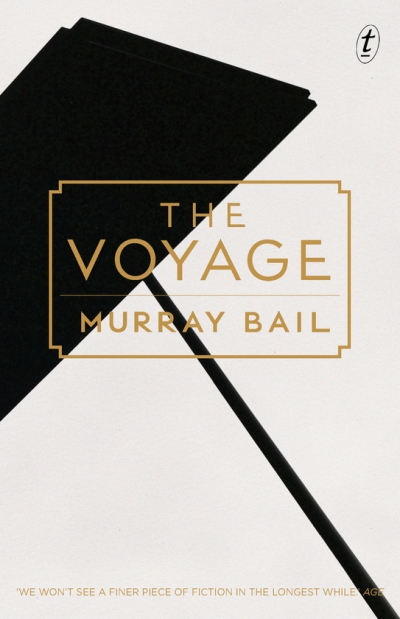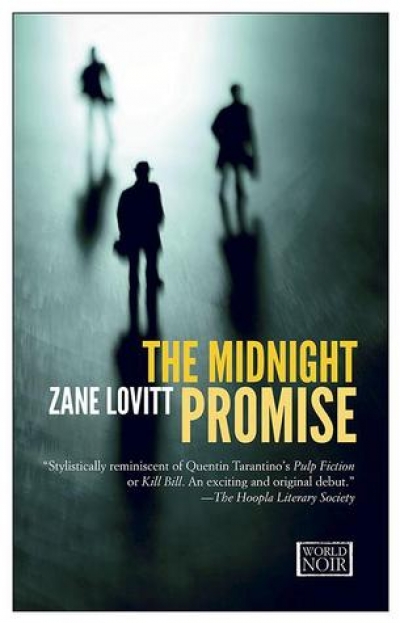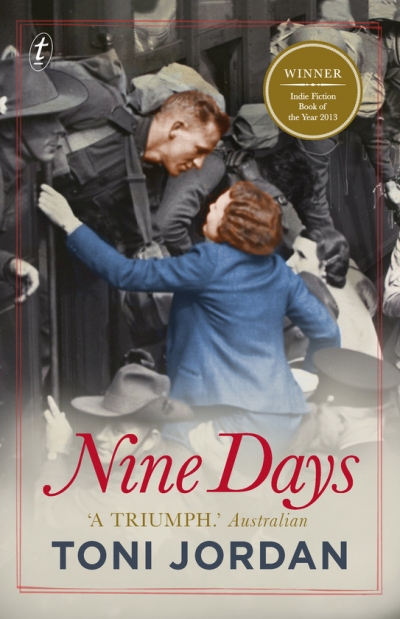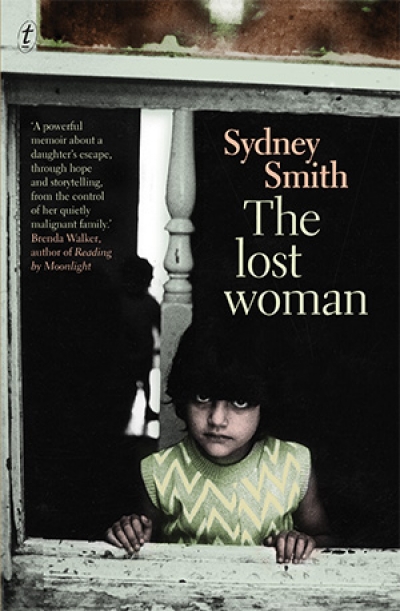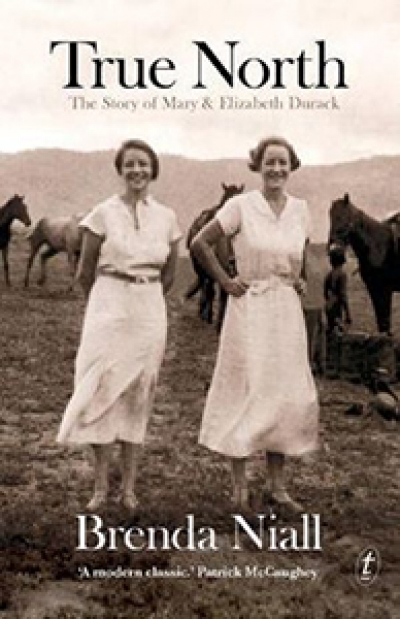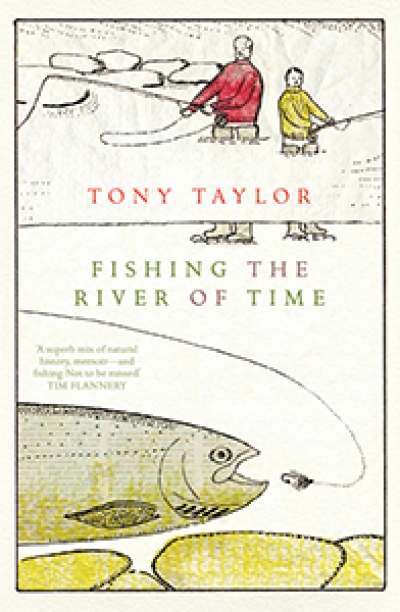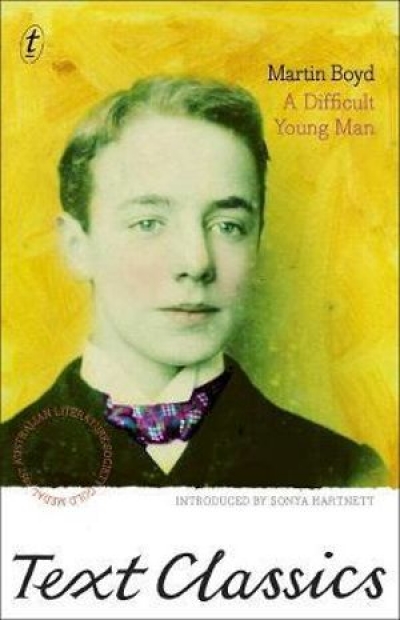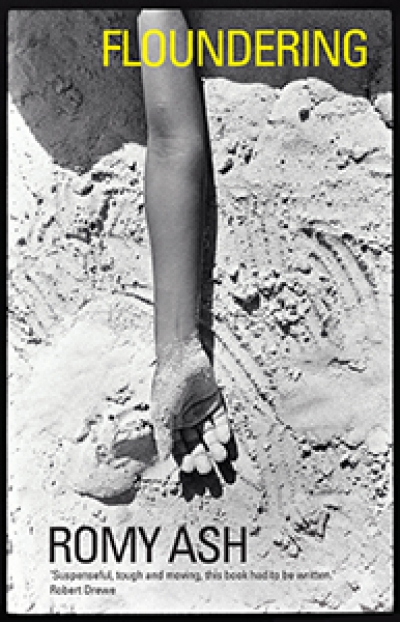In April 1934 sisters Mary and Elizabeth Durack joined their eldest brother, Reg, at Argyle Downs Station in the Kimberley. Mary was twenty-one, her sister eighteen. Educated at Loreto Convent in Perth, they had been reared on a diet of stories about life in the north told by their father, Michael Patrick Durack (known as ‘MPD’), when he returned from the family’s pastoral holdings every wet season to spend time with his wife and six children. Both girls had spent time up north with their parents, and loved the place. This time, however, they were on their own. At Argyle, ‘they were paid union wages for helping in the kitchen, where they learned to make bread for the homestead and for the twenty or more Aborigines on the station’, and later they took up duties at another Durack company station, Ivanhoe. They stayed up north for eighteen months, saving up for a trip to Europe, for even the Durack family fortunes had been hit by the Great Depression.
...
(read more)

